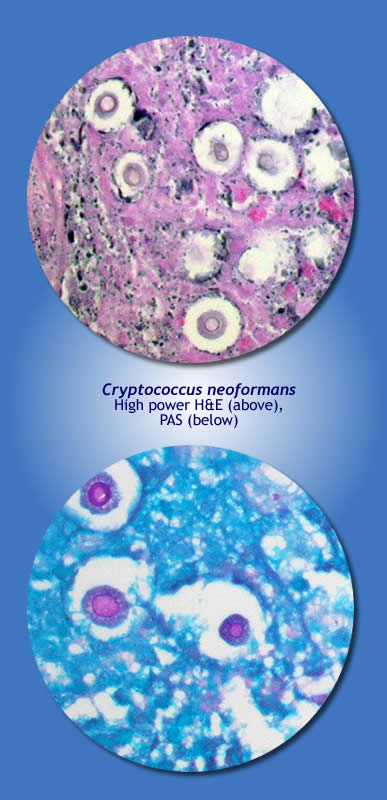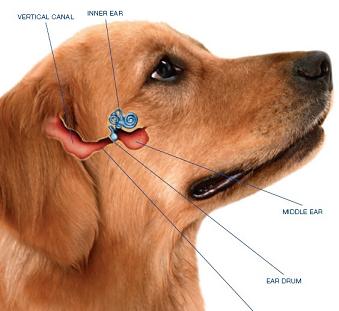Current Medical Mycology (CMM)




 Current Medical Mycology (CMM)
Current Medical Mycology (CMM)
Official Publication of
Iranian Society of Medical Mycology (ISMM)
and
Invasive Fungi Research Center (IFRC)
About CMM
Current Medical Mycology (CMM) is an international open access, peer-reviewed, and quarterly journal aimed to promote communication among researchers around the world. CMM welcome the submission of manuscript which is novel, timely and significant research and meet high standards of scientific merit and relevance to the Journal’s scope and will be published: original articles, short communications, review articles, case report, and letters to the editor.
Scope
The topics include, but are not limited to, mycological, biochemical and molecular investigations of etiological agents of mycoses; aspects of pathogenesis, immunology, and epidemiology of mycoses; laboratory approaches to the identification of fungal pathogens; antifungal susceptibility, therapy and prophylaxis; mode of antifungal action; pharmacokinetics and assessments of new antifungal agents; and investigations of the mycological aspects of the indoor environment, with focus on human health.
All submitted manuscript will be undergo a fair and double-blind peer-review process by our journal's expert reviewers.
Our editorial policies align with the standards set forth by the International Committee for Medical Journal Editors (ICMJE) in their uniform requirements for manuscripts submitted to biomedical journals. Additionally, we adhere to the guidelines established by the Committee on Publication Ethics (COPE) for editors, to ensure ethical and responsible publishing practices.
We invite you to submit your manuscript(s) through online submission.
Note: Authors are not required to pay handling fee.
Publication of articles in the Journal of CMM is free.
Abstracting and Indexing:
PubMed Central, Scopus, Directory of Open Access Journals (DOAJ), EBSCO, Islamic World Science Citation Center (ISC), CINAHL, Magiran, Google Scholar
If your question is not addressed on these pages, then the journal’s Editorial Staff will be pleased to help you.
Attribution 4.0 International (CC BY 4.0)






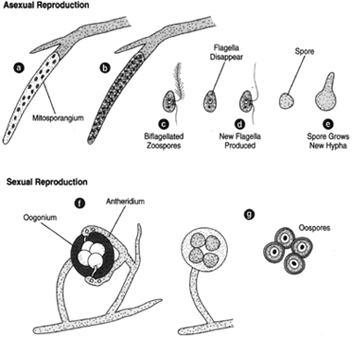
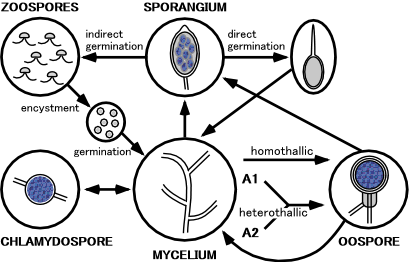 .
.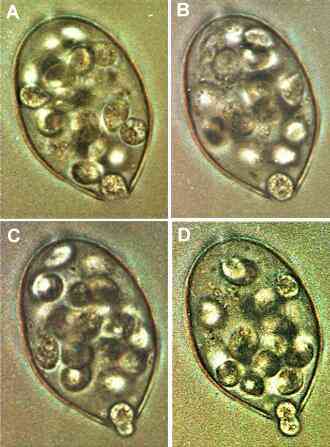

 .
.

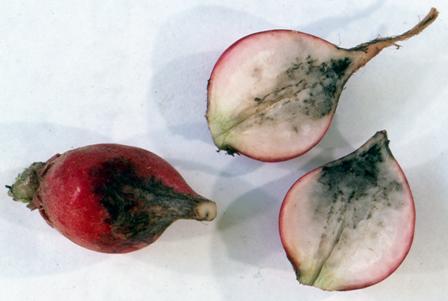


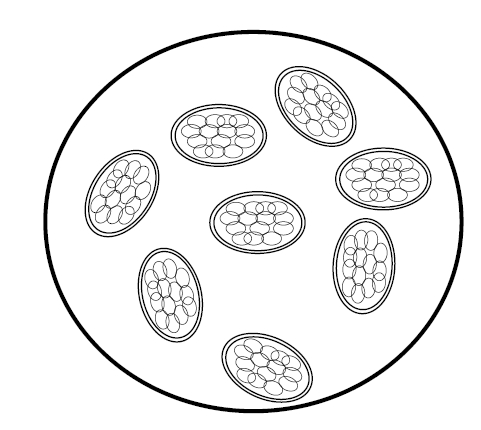



 replicate by mitosis
replicate by mitosis  to
to  . Sexual phase: haploid trophic forms conjugate
. Sexual phase: haploid trophic forms conjugate  . A trophic stage, where the organisms probably multiply by binary fission is also recognized to exist. The organism causes disease in immunosuppressed individuals.
. A trophic stage, where the organisms probably multiply by binary fission is also recognized to exist. The organism causes disease in immunosuppressed individuals.




